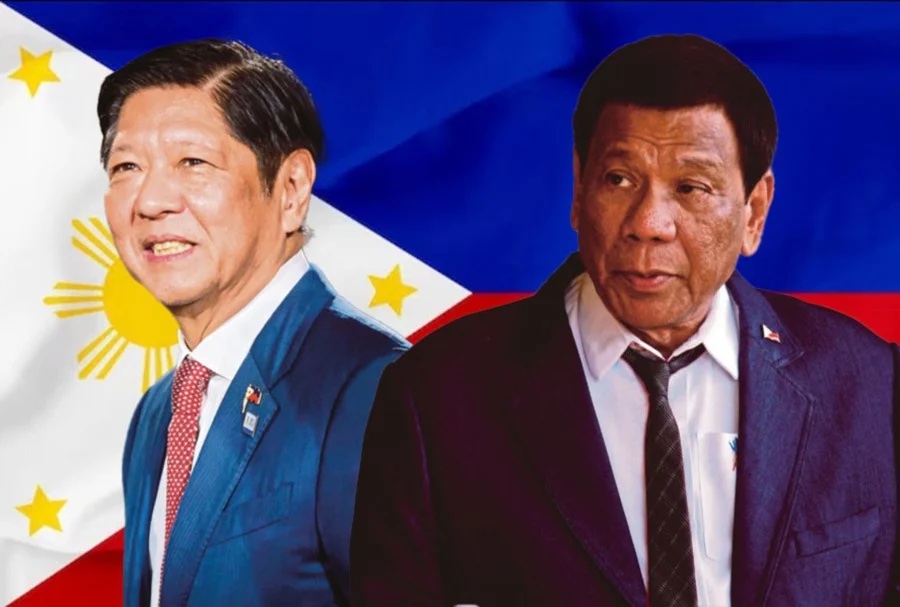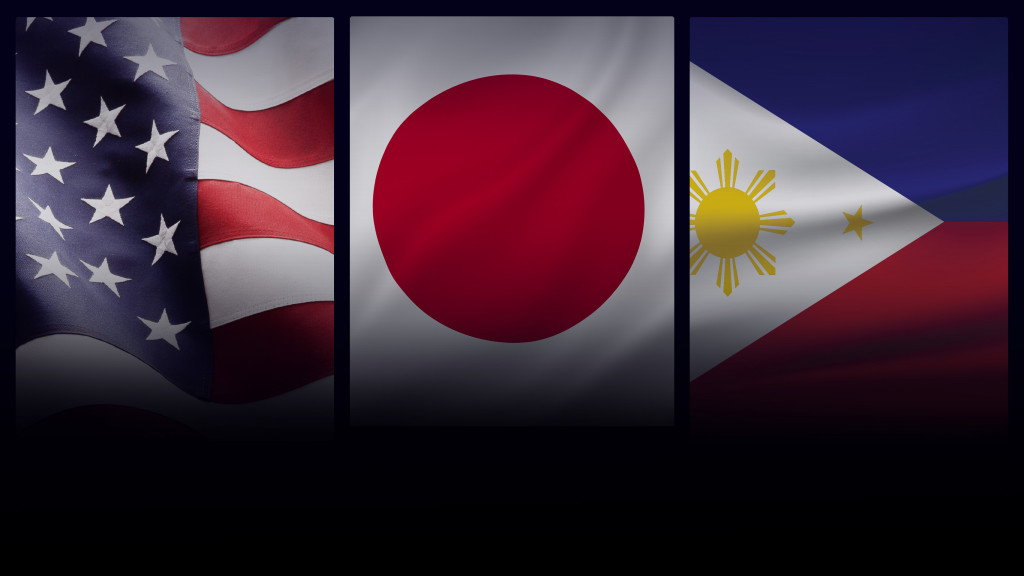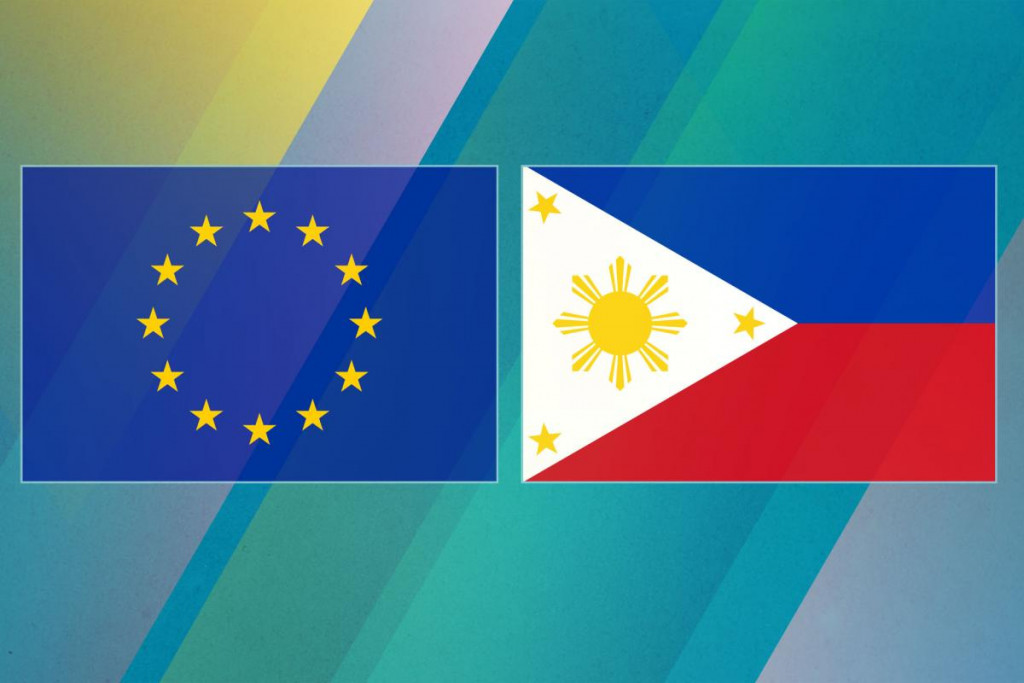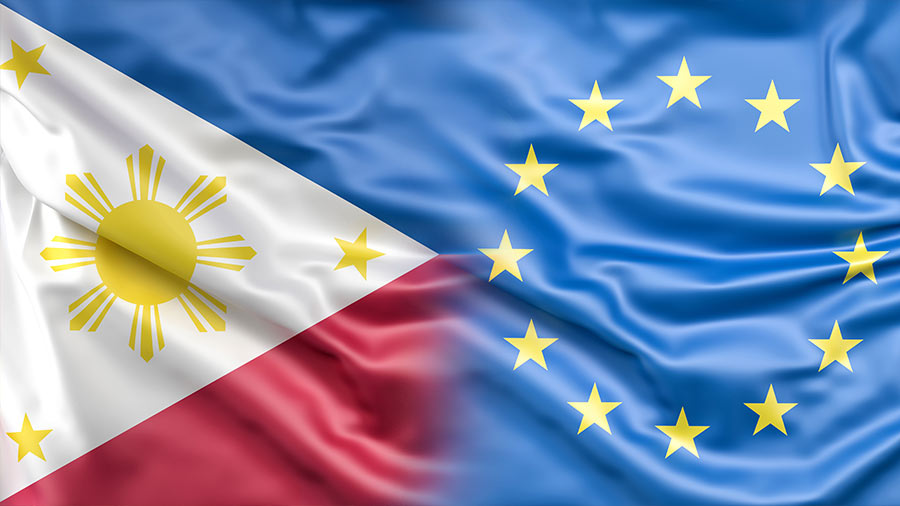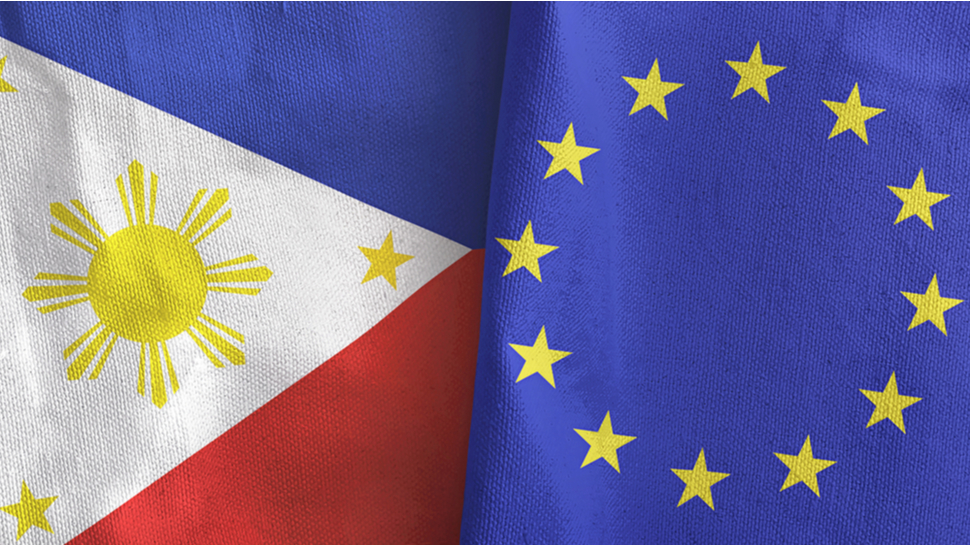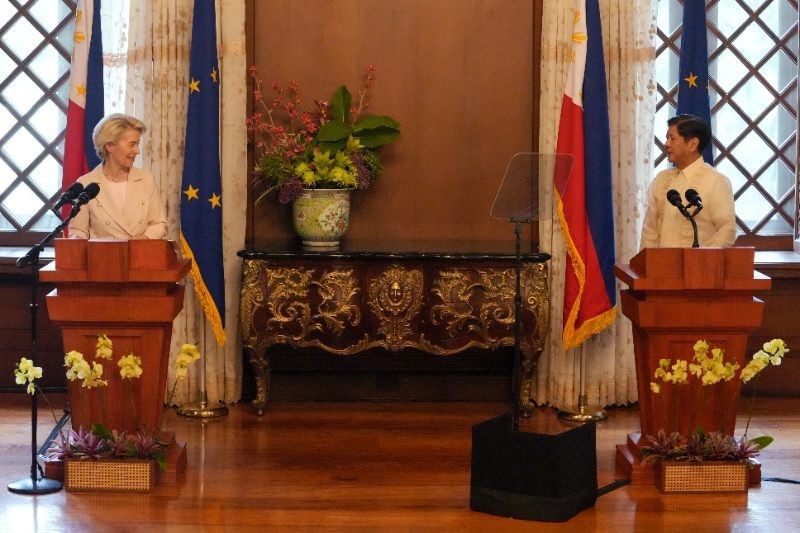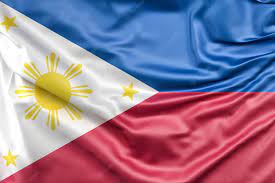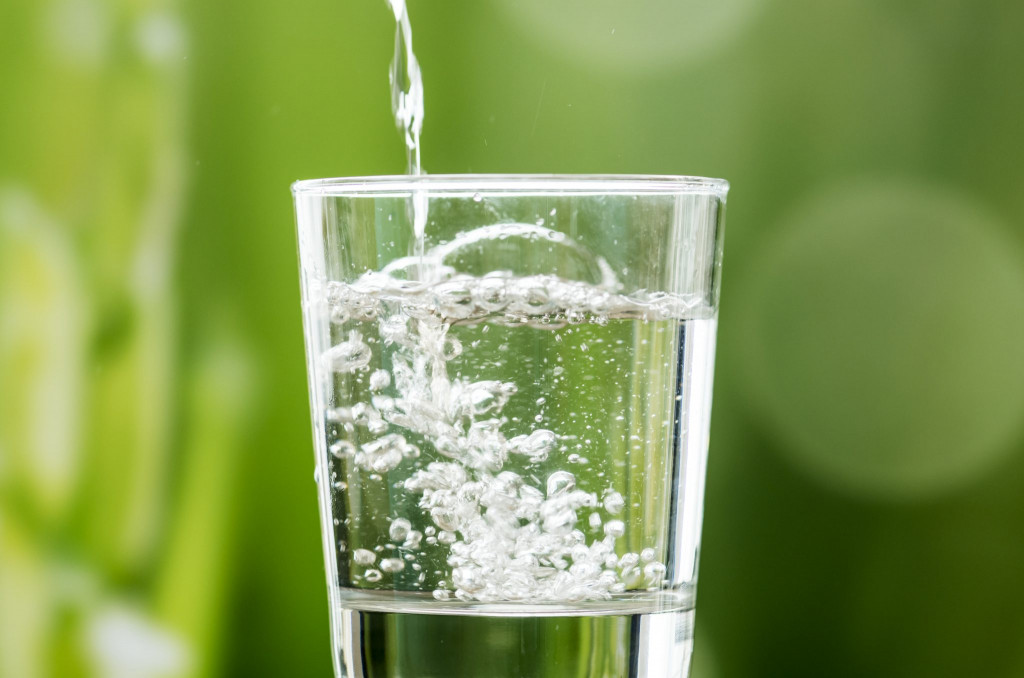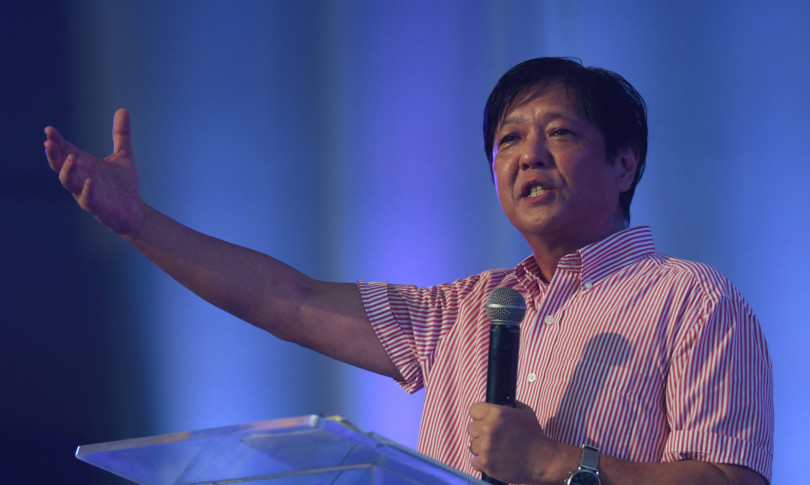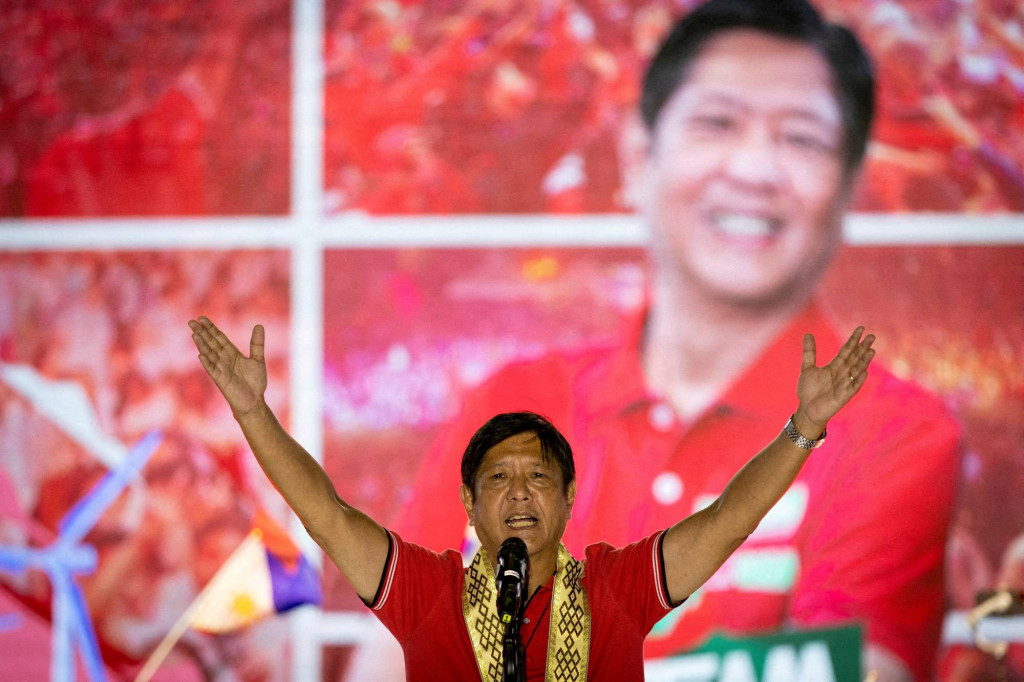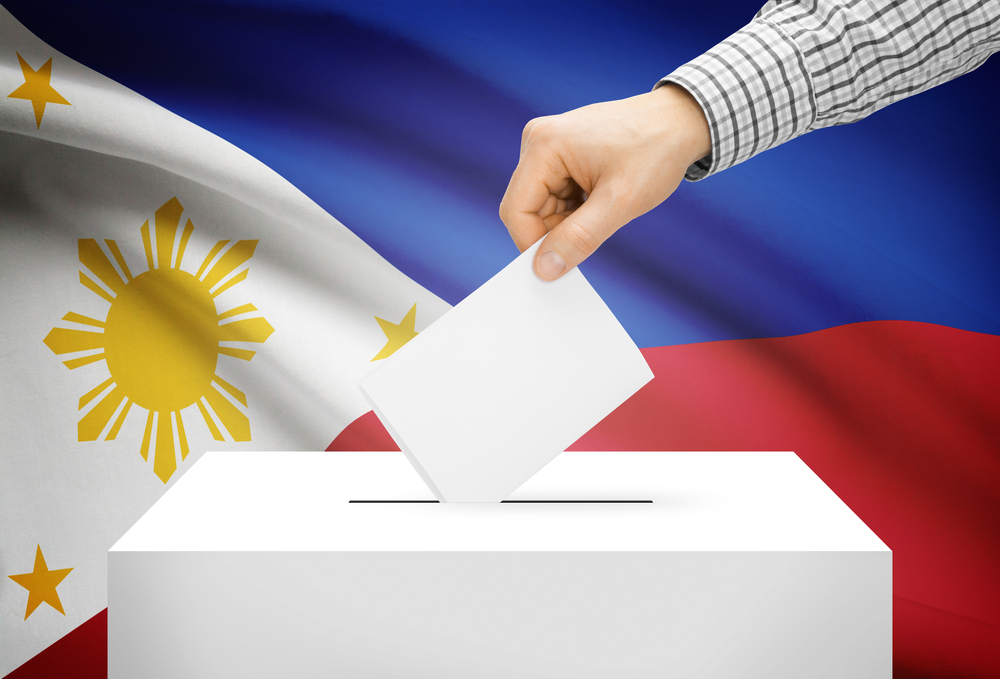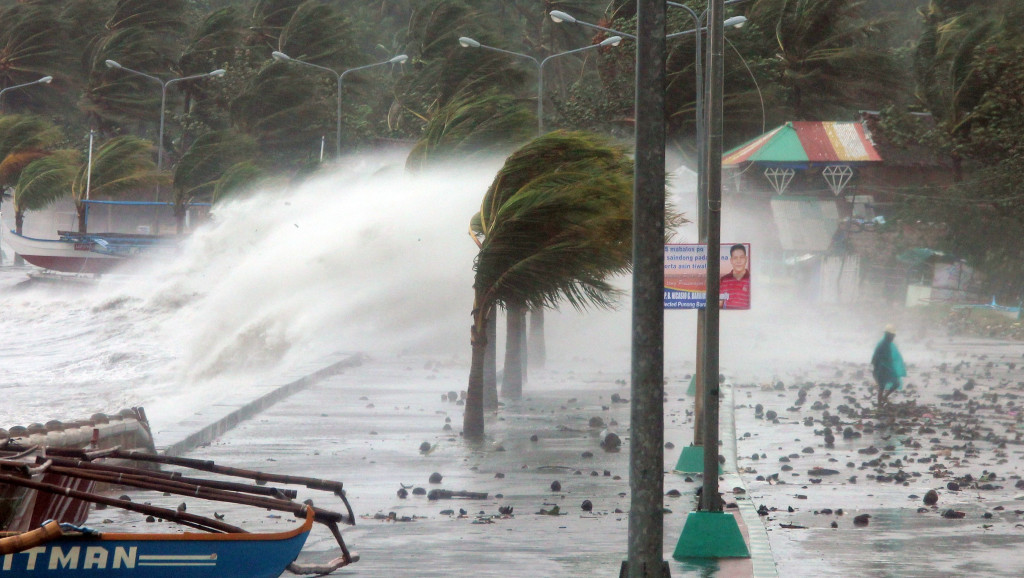Vice President Sara Duterte's resignation from her role as Secretary of Education revives the political challenge between the two families of Manila politics
By Francesco Mattogno
As the world looked to the South China Sea, an important thing happened in Philippine politics last week: Sara Duterte resigned as Education Secretary, thus leaving the government of President Ferdinand Marcos Jr. Duterte is the country's vice president and the daughter of Rodrigo Duterte, Marcos' predecessor. Political dynasties in the Philippines (as well as throughout Southeast Asia) are serious business, and the Marcos and Duterte families are two of the most prominent in the state. The former rooted in Ilocos Norte province in the north, the latter in Davao in the south.
Sara Duterte and Marcos have allied themselves ahead of the May 2022 elections within the so-called "Uniteam," supporting each other in their quest for the country's vice presidency and presidency, respectively. It should be pointed out that unlike in other places, such as Taiwan or the United States, in the Philippines the presidential and vice presidential candidates do not formally run together. Two separate elections are held and this means, as has happened several times throughout history, that a vice president may not even be part of the president's coalition. Marcos and Duterte did well, at least on paper: they were allies and each won his race.
The election of both should have paved the way for a united, solid government, but it was clear from the beginning that this would not be the case. The first cracks in the relationship between the two came as early as the appointment of the government team. Duterte wanted the sensitive post of secretary of Defense, but Marcos granted her only that of secretary of Education. A less politically relevant role and one for which, by the way, the vice president was not remotely qualified.
In May 2023, Duterte then left Lakas-CMD, the party led by House Speaker and Marcos' cousin Martin Romualdez. The decision came in the wake of the demotion of one of Duterte's key allies (former President Gloria Macapagal-Arroyo), and was only the first act in the feud with Romualdez. A few months later, following a parliamentary investigation, the speaker of the House blocked the allocation of "reserved funds" to be allocated to the Department of Education, accusing Duterte of spending 125 million pesos (about 2 million euros) in only the first 11 days of his term. A massive amount and deemed unjustified.
With the arrival of 2024, relations definitely fell apart. Duterte never commented, except by belittling them, on his brother Sebastian and father Rodrigo's attacks on Marcos (even accused of being a "drug addict"). The parties clashed on various other issues, and finally Duterte, after declaring Uniteam dead, resigned on June 19 as both Secretary of Education and Vice Chair of the Task Force to Counter Communist Armed Conflict.
Her resignation was welcomed by teachers' associations, which had been complaining about Duterte's total unpreparedness for two years. The vice president was also accused of never considering the demands of sector workers and silencing critics with the practice of "red-tagging" (which we discussed here). Despite this, according to a December 2023 poll, 57 percent of Filipinos were satisfied with his job in government. Duterte is a popular figure, with a strong family and dozens of allies behind him, both in politics and in the military. His open opposition to Marcos opens up a number of scenarios that could radically change the country's future.
As John Ney pointed out in Rappler, Duterte will now put all his eggs in the 2028 elections (to which Marcos cannot run again, given the one-term limit). Her resignation has freed her from her governing responsibilities, and this will help her make Filipinos forget about her poor handling of the Education sector, while also allowing her to freely criticize Marcos's policies, especially on the South China Sea and the fight against communism (Duterte is opposed to peace talks with the rebels).
While coming out of the closet so soon is a risk, it is a calculated risk, at least in theory. Duterte resigned with 100 days to go before the deadline for filing candidacies for the 2025 midterm elections, which she will need to test the ground ahead of 2028.
A major realignment of the country's political parties is expected, with possible numerous defections from the Marcos camp, whose popularity has been declining since last year. Already there are those who are talking about Duterte as the leader of the opposition, although the main minority party, the Liberal Party, has made it clear that the values of Davao's ruling family do not match those of those who challenge the current government's actions. For now, however, there has not been the big political shock that might have been expected. The breakup between the president and his deputy had been in the air for some time, and the clear political intent of his resignation did nothing to warm the spirits of his supporters.
However, that of last June 19 remains a very important development. First for the opposition front, which could exploit the vote split between Marcos and Duterte to gain more seats as early as 2025 and strengthen its position ahead of 2028. Then for what may be the consequences in foreign policy, particularly in the South China Sea. Duterte shares his father's more dialogical stance with China and is likely, if elected, to weaken defense ties with the United States, which Marcos has instead brought to all-time highs.

